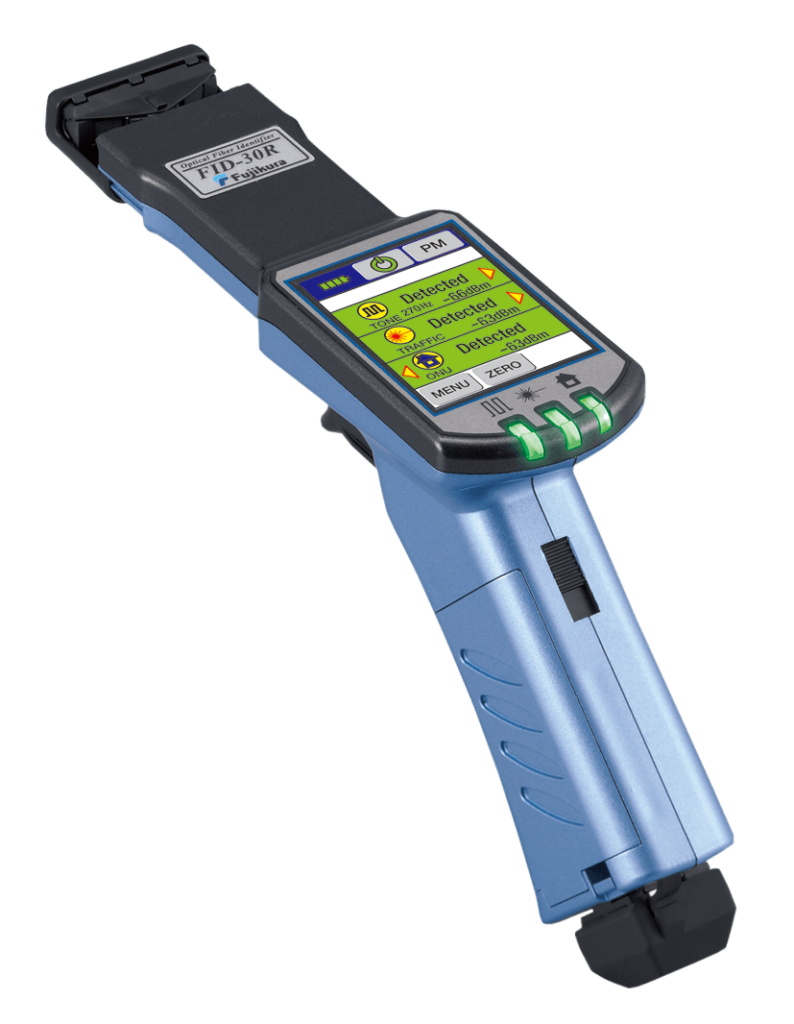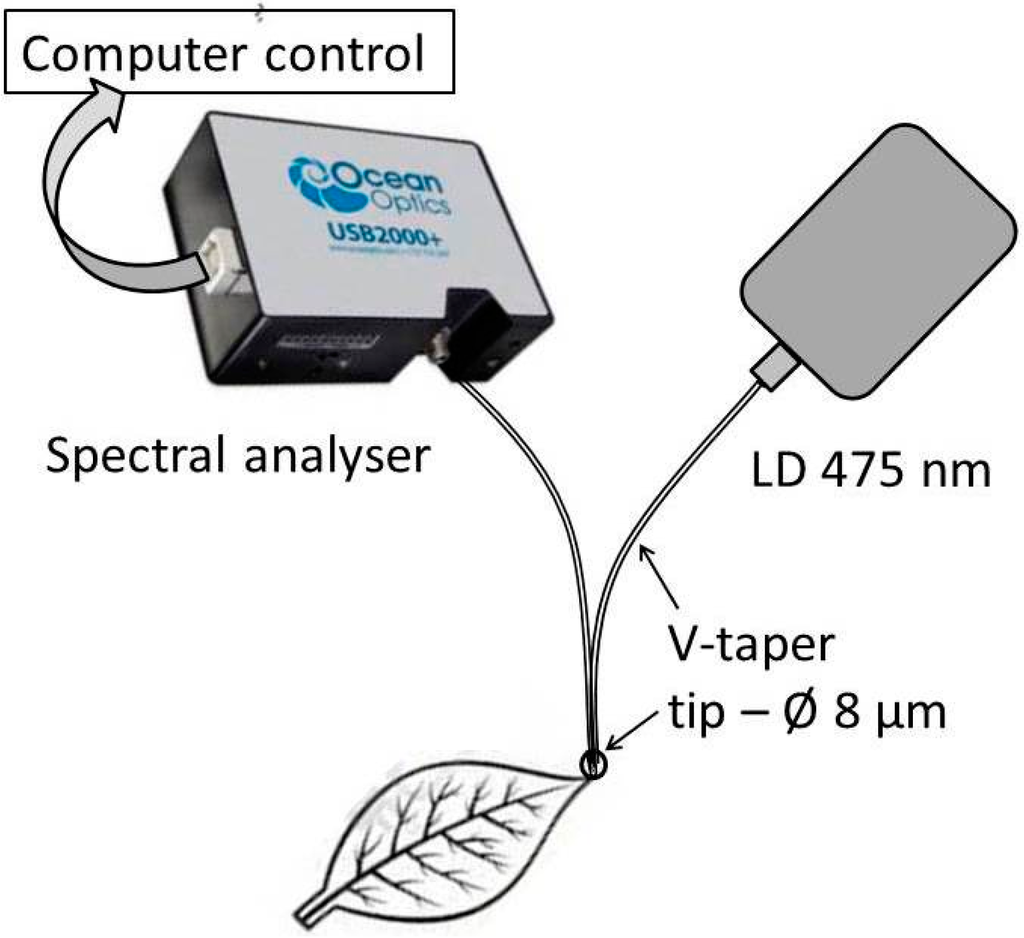Why Accuracy in Measurements Matters: The Role of Optical Fibre Diameter Analyser
Why Accuracy in Measurements Matters: The Role of Optical Fibre Diameter Analyser
Blog Article
Just How an Optical Fibre Diameter Analyser Improves Quality Control in Fibre Production
The assimilation of an Optical Fibre Diameter Analyser right into Fibre manufacturing processes represents a considerable advancement in high quality control techniques. By offering real-time, accurate measurements of Fibre sizes, this modern technology addresses the vital requirement for uniformity in production standards.

Importance of Fibre Diameter Dimension
Exact dimension of Fibre Diameter is vital in the area of optical Fibre modern technology, as it directly influences the efficiency and integrity of Fibre optic systems. The Diameter of an optical Fibre influences its light-carrying capability, depletion, and general transmission effectiveness. Precision in measuring Fibre Diameter makes sure that the optical properties are kept within defined tolerances, which is important for optimal signal integrity.
Variants in Fibre Diameter can bring about boosted losses because of scattering and modal diffusion, influencing the high quality of information transmission. In high-speed interaction systems, such inconsistencies can result in substantial destruction of signal high quality, leading to information errors and reduced efficiency. Constant Fibre Diameter is necessary for compatibility with connectors and splicing innovations, which are essential components of Fibre optic networks.
Quality control procedures in Fibre manufacturing heavily depend on exact Diameter measurements to guarantee conformity with industry criteria. By executing durable dimension techniques, suppliers can improve item reliability, decrease waste, and improve total system performance. Therefore, the importance of Fibre Diameter dimension can not be overstated, as it works as a keystone in the development of optical Fibre modern technology and its applications in contemporary interaction networks.
How the Analyser Works
The reliable measurement of Fibre Diameter relies upon advanced analytical strategies that ensure precision and dependability in optical Fibre manufacturing (optical fibre diameter analyser). The Optical Fibre Diameter Analyser utilizes a mix of laser technology and advanced picture handling formulas to properly evaluate the Diameter of fibres as they are generated
Originally, a laser beam is directed at the moving Fibre, producing a cross-sectional darkness. The analyser records this shadow using high-resolution video cameras placed strategically along the production line. The caught photos are after that refined in real-time to establish the Fibre's Diameter with extraordinary precision.
The system uses sophisticated algorithms that represent different aspects, consisting of variations in light intensity and environmental conditions, to improve measurement integrity. It can discover minute modifications in Diameter, such as changes that may happen during the manufacturing process.
Additionally, the analyser is qualified of managing several fibres at the same time, enhancing throughput without compromising precision. By supplying instant feedback on the Diameter, the Optical Fibre Diameter Analyser plays a critical duty in maintaining rigorous top quality control requirements, ensuring that the last product meets sector specs and consumer demands.
Advantages of Real-Time Surveillance
While standard methods of checking Fibre Diameter commonly involve time-consuming post-production checks, real-time tracking significantly boosts the effectiveness and top quality of optical Fibre production. optical fibre diameter analyser. This proactive strategy enables suppliers to determine deviations in Fibre Diameter as they take place, instead of waiting till production is full to assess high quality
By continuously review determining the Diameter during production, makers can ensure that the fibres fulfill stringent specs, leading to decreased irregularity and improved consistency. Real-time surveillance likewise makes it possible for immediate restorative activities to be taken, minimizing waste and stopping malfunctioning fibers from entering the supply chain.
Moreover, this modern technology facilitates improved information collection and analysis, offering understandings right into manufacturing trends and prospective areas for renovation. Such data-driven decision-making encourages manufacturers to optimize processes and preserve high criteria of quality assurance.
Furthermore, real-time monitoring promotes a culture of constant enhancement within the manufacturing setting. Staff members are more engaged when they can see the influence of their operate in real-time, resulting in enhanced responsibility and a dedication to quality. Generally, the execution of real-time surveillance systems in optical Fibre production equates to remarkable item high quality and increased consumer complete satisfaction.
Effect On Production Efficiency
Implementing optical Fibre Diameter analysers dramatically boosts manufacturing effectiveness by improving the manufacturing process. These tools promote continual tracking of Fibre Diameter, permitting makers to find variances in real-time. By identifying inconsistencies without delay, assembly line can be changed rapidly, minimizing downtime and reducing the chance of creating defective items.
Moreover, the integration of these find more information analysers right into the production workflow makes it possible for much better resource allowance. With precise Diameter measurements, drivers can enhance material use, guaranteeing that resources are not thrown away on problematic fibers. This precision additionally adds to much less remodel and scrap, eventually reducing production expenses.
The automation provided by optical Fibre Diameter analysers decreases dependence on hands-on examinations, which are commonly taxing and prone to human error. As an outcome, employees can concentrate on even more tactical jobs, boosting general performance.
Moreover, the information generated from these analysers can notify procedure renovations and help with far better decision-making. By analyzing patterns in Fibre Diameter variants, manufacturers can carry out positive steps to boost production methods and preserve regular quality. In summary, optical Fibre Diameter analysers play a critical role in improving manufacturing performance, leading to better output and enhanced productivity.
Study and Success Stories
Across different markets, instance researches highlight the transformative influence of optical Fibre Diameter analysers on production processes. One prominent example is a leading telecommunications company that dealt with difficulties with inconsistent Fibre diameters, resulting in enhanced being rejected prices. By incorporating an optical Fibre Diameter analyser, the business accomplished real-time monitoring of Fibre measurements, causing a 30% decrease in issues and substantial expense financial savings.

Moreover, a research establishment focusing on innovative materials used optical Fibre Diameter analysers to improve their experimental procedures. The analyser's ability to give comprehensive understandings into Fibre uniformity enabled the growth of innovative products with better performance attributes.
These success stories emphasize the important duty of optical Fibre Diameter analysers in improving top quality control, improving manufacturing performance, and driving innovation throughout varied industries.
Conclusion
In conclusion, the Optical Fibre Diameter Analyser plays an essential function in enhancing quality control within Fibre manufacturing. As shown via numerous situation research studies, the analyser verifies crucial for attaining premium item high quality in Fibre production.

The application of optical Fibre Diameter analysers enabled for stringent high quality control, ensuring that the created next fibers met exacting sector standards.In final thought, the Optical Fibre Diameter Analyser plays an essential duty in enhancing top quality control within Fibre production.
Report this page